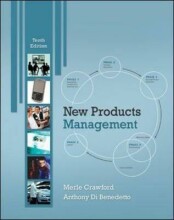Job Analyses and Work Design - Current Theoretical Perspectives in Work Psychology - THE JOB DEMANDS-RESOUCES MODEL
5 important questions on Job Analyses and Work Design - Current Theoretical Perspectives in Work Psychology - THE JOB DEMANDS-RESOUCES MODEL
The Job-Demands-Resources model (JD-R):
- Identifies 21 job demands and job resources as potential causes of burnout
- Differentiates between exhaustion and disengagement from work as core dimensions of burnout
- Broader scope than other models
- flexible and can be tailored
Premise (1) of the Job-demands resources model:
- Every occupation may have its own specific risk factors associated with stress (can be demands or resources)
Premise (2) of the Job-demands resources model:
- Two different underlying psychological processes play a role in the development of health and motivation
- Higher grades + faster learning
- Never study anything twice
- 100% sure, 100% understanding
Premise (3) of the Job-demands resources model:
- Job resources can buffer the impact of job demands in predicting health and motivation.
Limitations of the JD-R model:
- The openness and flexibility comes at the cost of specificity and the quality of predictions and may cause ambiguity
- The model lacks specificity in explaining why demands or resources exert their effects and on which target variable they do so
The question on the page originate from the summary of the following study material:
- A unique study and practice tool
- Never study anything twice again
- Get the grades you hope for
- 100% sure, 100% understanding






























